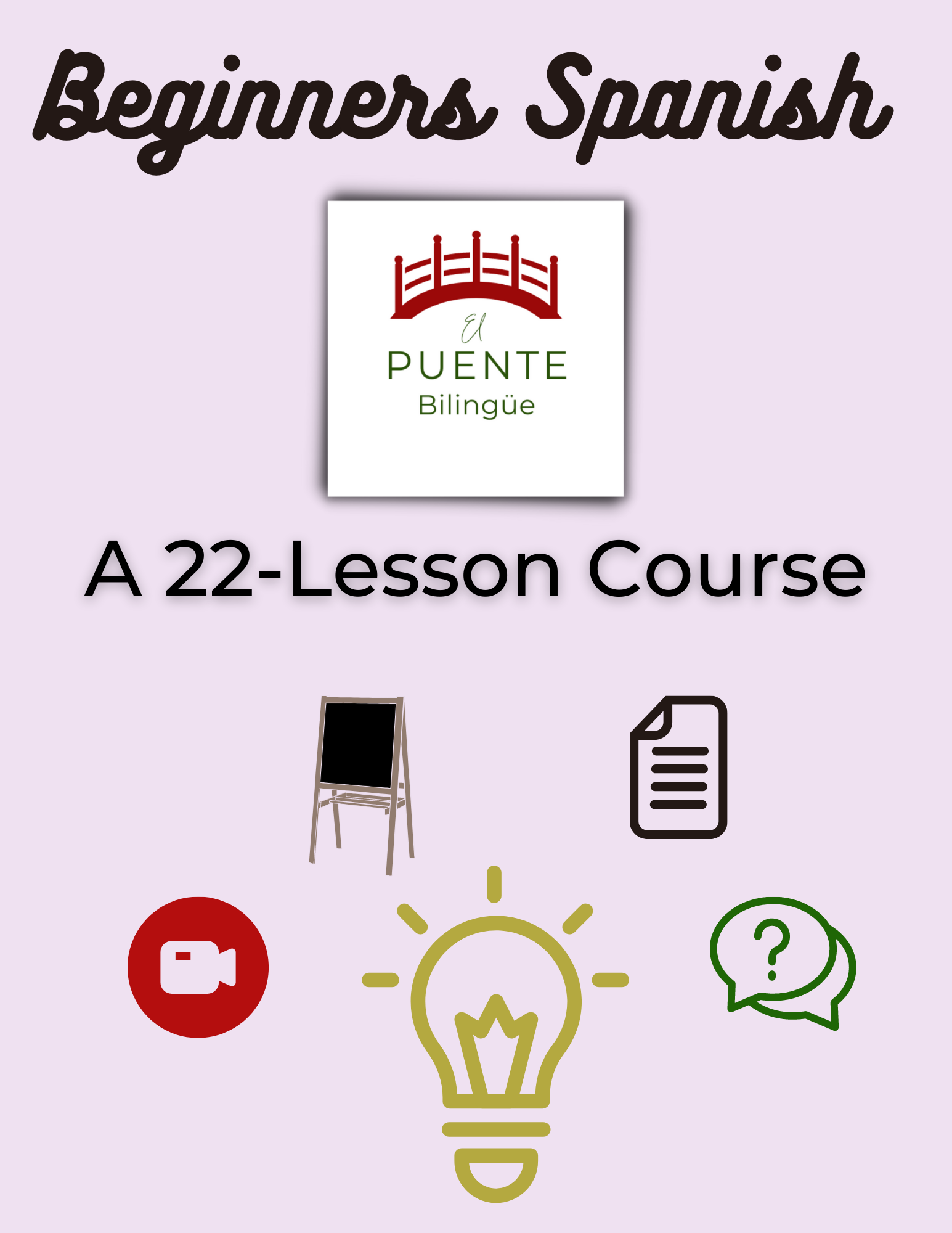As I write this post, we are weeks away from closing out another school year in the U.S.
Students are tired and they have initiated “shut down mode.” Teachers are counting the days until summer break, not just because they are looking forward to sleeping in, but because they have so many things they have yet to fit into their lessons, and frankly, they feel like pulling their hair out with the level of resistance from some of their students.
For some students, the resistance has developed gradually throughout the school year. For others, it was always there.
What is a teacher to do when a student has no interest in their content area? For a language teacher, this is even more of a challenge in the U.S. because the world language learning is not considered to be high stakes subject matter, therefore, the resistant language learners are given license to care even less than they already did.
But we, as language teachers, know how beneficial language learning is. We love our content area and we wish our students could see the value in it. The truth is, we can’t force someone to care about something. So, do we just give up, assign worksheets and call it a day? Or is there an effective way to support resistant language learners?
Yes, there is a better way. It may require you to open your mind a bit, but if you give the methods mentioned in this tip sheet a chance, I am confident you will see better engagement. Of course it is best to start out the year using these tips, but remember that if a student goes on summer break with a better feeling about language learning, they will have a better mindset when they return in the fall.
Linked here are things that have worked for me, bringing more peace, respect, and motivation to my classroom:
9 Tips for Supporting Resistant Language Learners
Best of luck! Feel free to share these tips with your fellow language teachers




